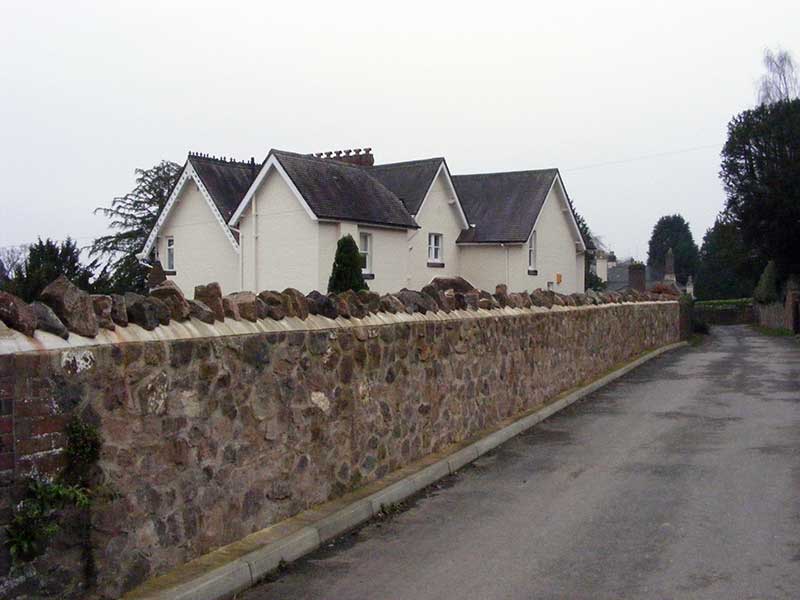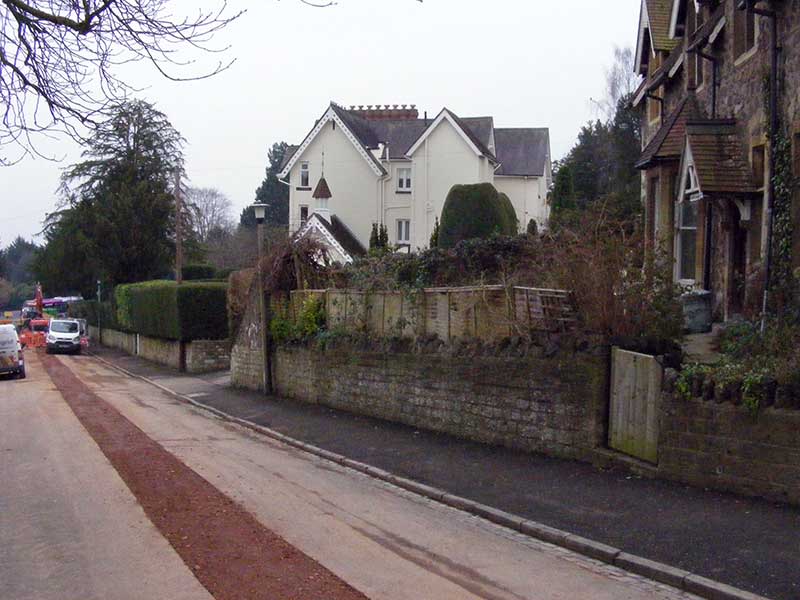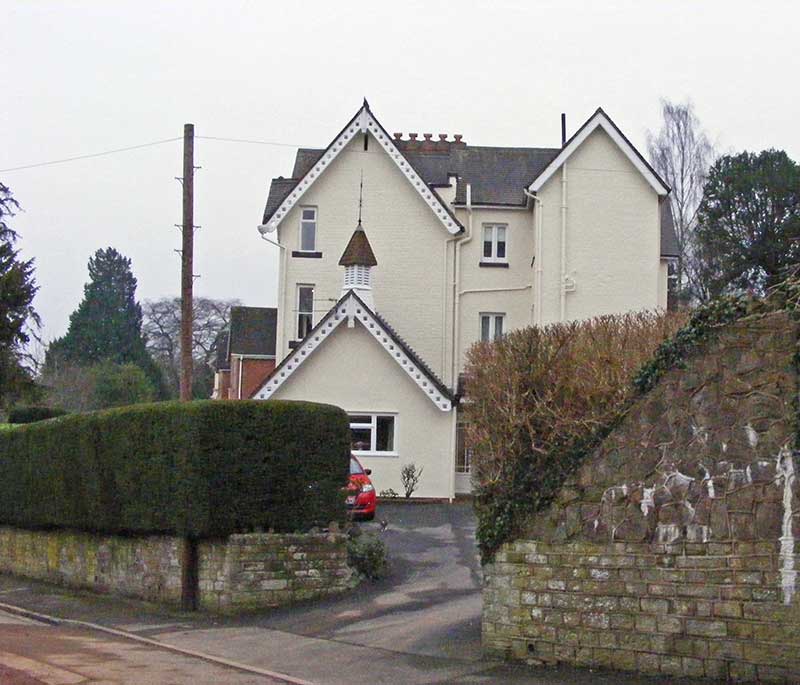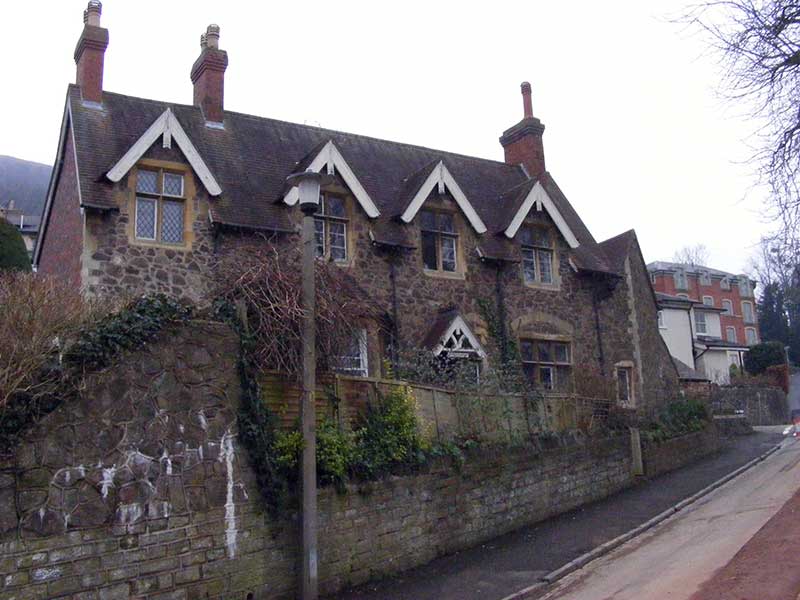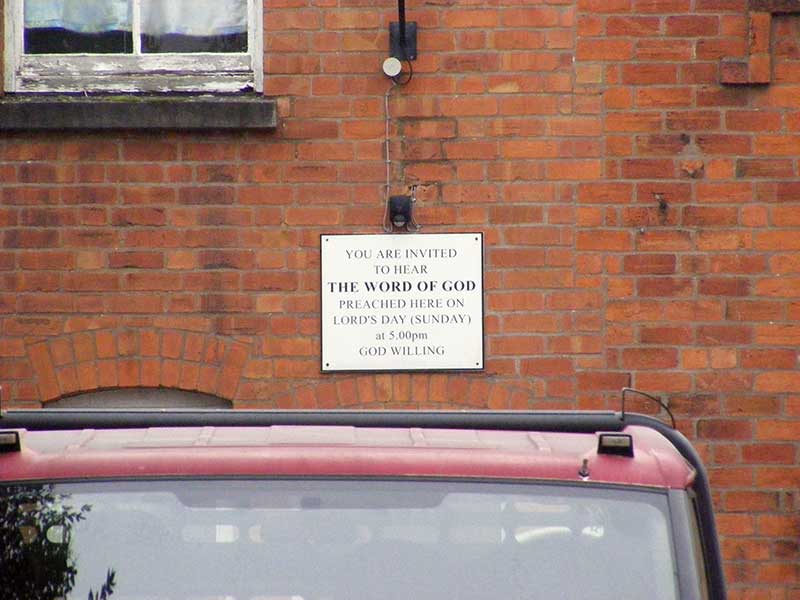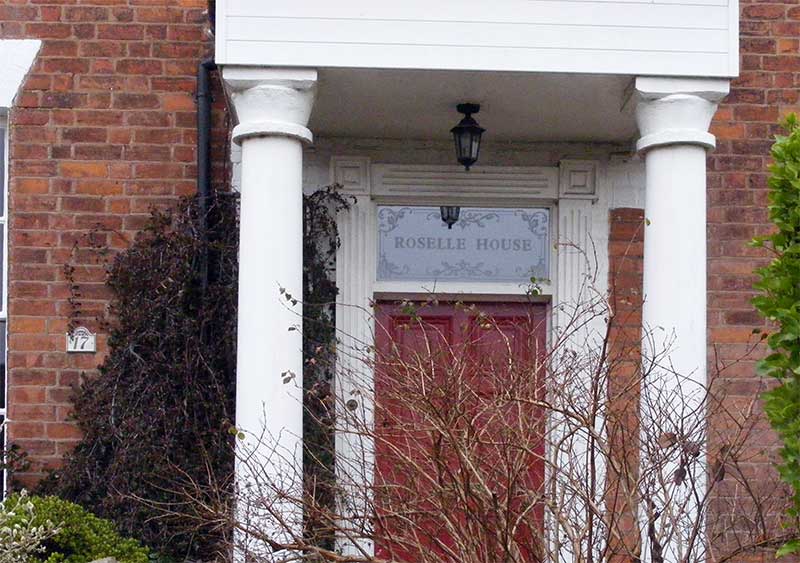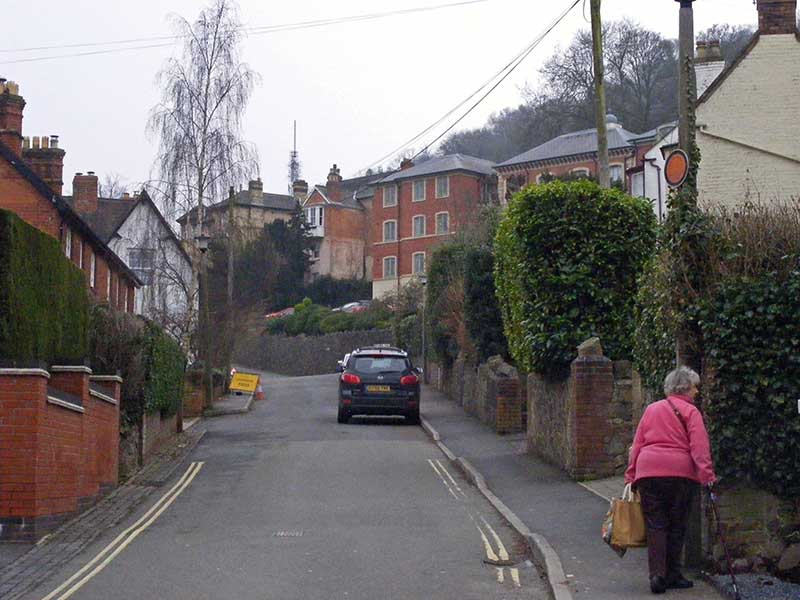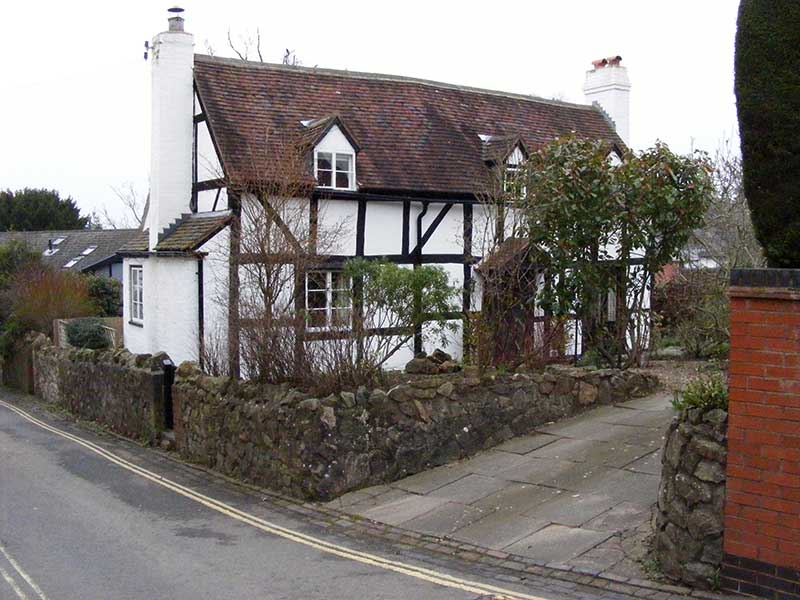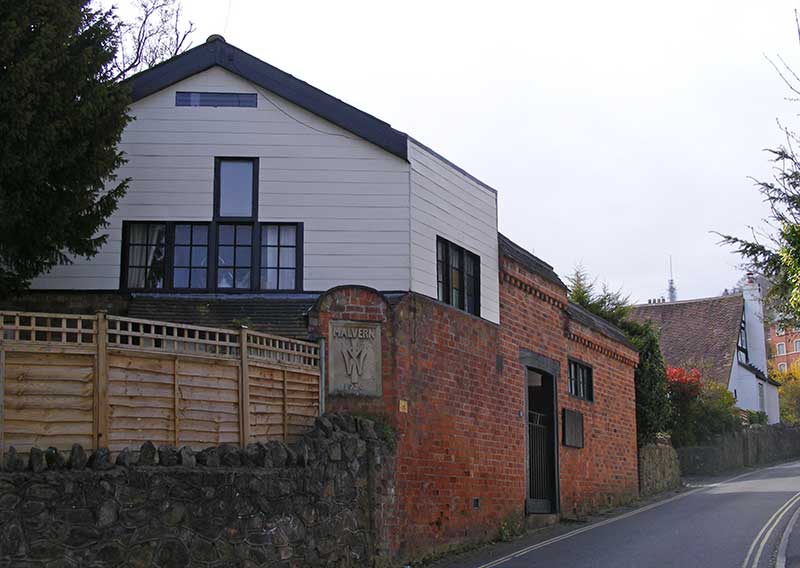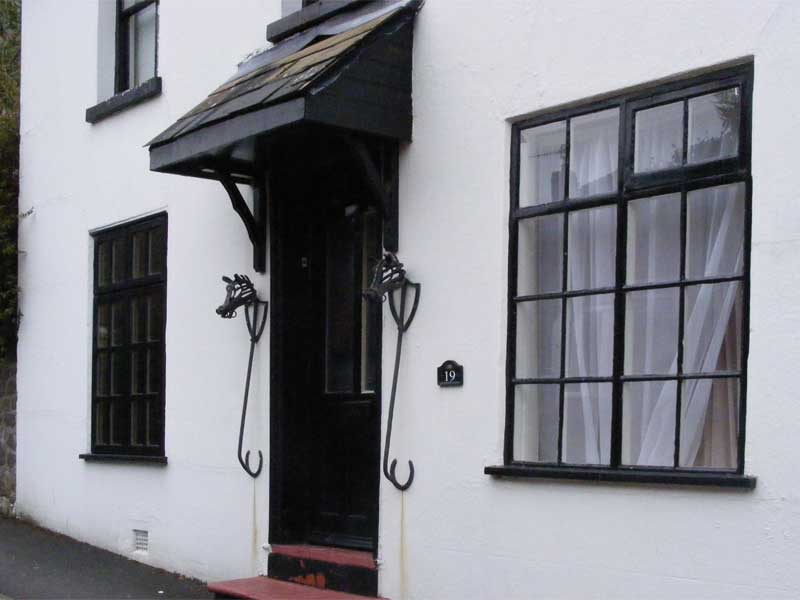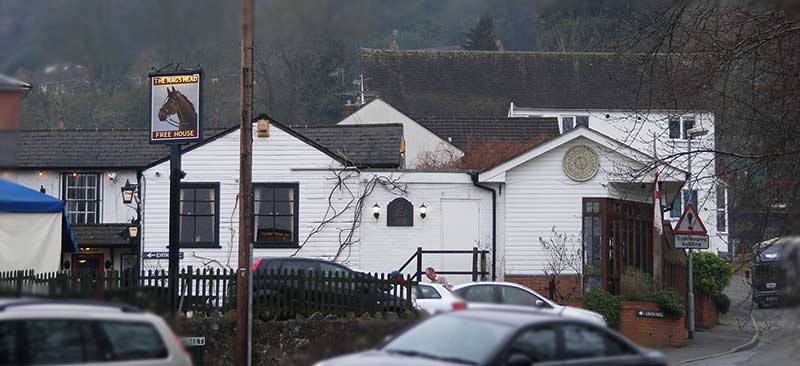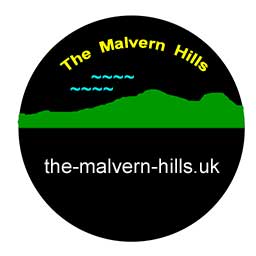
Angus and Rosemary's Miscellany
of Malvern - Photo Gallery
|
Photo Gallery > A stroll down Back Lane and Bank Street in Great MalvernDescriptionBack Lane is an unmade road, running north from a slip on the approach to Waitrose, to Zetland Road.
Back Lane sign on approach to Waitrose viewed from Edith Walk After joining the top of Zetland Road, our walk continues down Bank Street and ends at the Nag's Head Pub, a popular eating place, near the junction of Graham Road and Moorlands Road. In Victorian times, Back Lane probably served to provide access to the rear of the large white villas fronting onto the Worcester Road and those in Graham Road. Nowadays it mainly provides access to modern houses constructed of brick, which have mostly been built in the rear gardens of the properties fronting the Worcester Road, with one or two in the rear gardens of houses fronting Graham Road. The lane is also used by pedestrians walking to the shops in Great Malvern. From Back Lane more glimpses can be had of the architecture of the Victorian houses fronting Graham Road. Bank Street is a quiet and charming residential area where Malvern WI first met and where there is a rear access to the Plymouth Brethren meeting room in Lygon Bank. We parked at the north end of Waitrose car park where there are steps descending into Back Lane. Views from Waitrose car parkLooking east, below the steps into Back Lane, can be seen the rear of Belford, which fronts on to Graham Road.
Belford Next door, looking to the north east, can be seen Belford Cottage, fronting Back Lane and the rear of Clanmere and Buckingham House which front on to Graham Road. Circa 1911 Clanmere had been occupied by Langland School for Girls run by Alice Kate Farmer.
View of Belford Cottage, Clanmere and Buckingham House The steep steps down to Back Lane have no handrail for those descending to grip and therefore present a hazard to the infirm; we suggested Waitrose consider fitting a handrail for older residents to hang onto, but the company said the store manager felt this was unnecessary as people could place their hand on the sidewall - we disagree.
Steps from Waitrose to Back Lane At the bottom of the steps, unseen from the car park, is a water feature named 'Rose Gully'.
The Rose Gully water feature in Back Lane The shaded pool is much larger than it looks in the photograph, and this spot could be a cool place to rest on a hot sunny day.
'Rose Gully' This feature was created during the building of the Waitrose supermarket in 1998. 'Gully' acknowledges Dr Gully who was an early exponent of the Water Cure. We wondered if the water feature had been named after one of Dr James Manby Gully's daughters, but not so. It appears to be a combination of the end of Waitrose 'Rose' and Gully. The pool may contain run-off from the Waitrose car park, so the water may not be fit to drink. From the photo it looks as though the plaque could do with a lick of paint and refixing with stainless steel screws. UplandsNearby, Uplands, a listed property fronting Graham Road, is set behind a tall Malvern stone wall below Back Lane. A plaque above a dormer window is inscribed, W.C.W. 1854, and our research suggests that Uplands, originally known as Yarnton Lodge, may have been built in 1854 for surgeon William Corner West. The garden of the property lies at the front.
Directories mention Uplands Cottage converted from a stables and coach house. Whether that is now renamed The Lodge, we are not sure. Belford CottageNext is Belford Cottage which has no chimneys and so is probably a modern development built in the rear garden of Belford (also see photos above).
Belford Cottage with Clanmere in the backround Cedar LodgeBeyond can be seen Cedar Lodge, earlier named The Rockery.
Cedar Lodge Cotford HotelNext comes the Cotford Hotel an elegant building with pierced bargeboards and tall chimneys, earlier named Littleford Lodge.
Cotford Hotel chimneys
Some marvellous 'dragons' can be seen topping the roof of the coach House at the back of the hotel.
Another feature of the coach house is the weather vane.
Kensington flatsBuilt close to the Cotford is Kensington, earler named St Dunstans which we did not photograph, and next door to that modern flats with a pededstrian entrance onto Back Lane.
Barsham HouseNext is Barsham House. It is of note that several of the houses in Graham Road have a sandstone facade at the front, and brickwork at the rear; one assumes the developers wanted to impress while building to a budget.
Barshan House Barsham Coach HouseJust beyond is a small red brick property with access onto Back Lane known as Barsham Coach house.
Barsham Coach House Little HarleNext is a modern red brick chalet bungalow known as Little Harle.
Little Harle Little Harle may have been built in the rear garden of Beaconsfield which can be glimpsed behind and fronts Graham Road. BeaconsfieldGlimpse of Beaconsfield seen behind Little Harle.
Glimpse of Beaconsfield Granta LodgeJust past Little Harle can be seen the rear of Granta Lodge, an imposing three storey residence.
Granta Lodge
Below, a closer view of the roof and chimneys of Granta Lodge.
The roof and chimneys of Granta Lodge Next door is a modern block of flats named Granta Court, and beyond that a white Victorian villa named Elgin House, earlier called Taynuilt. Elgin House
Elgin House InglewoodBeyond is a similar looking villa named Inglewood.
Inglewood
Green Bank HouseTowards the end of Back Lane, on the west side, lies Green Bank House.
Green Bank House
In the 1940s Chief Superintendant of ADRDE Sir John Cockroft CBE, OM, KCB lived and held meetings here. With Ernest Walton he shared the 1951 Nobel Prize for Physics for their work on particle accelerators. Malvern Civic Society During WWII John Cockroft became head of the Army Air Defence Research and Development Establishment which in 1942 moved from Christchurch to occupy the government buildings built on Pale Manor Farm, which later became known as RSRE North Site. ADRDE was a 'sister' establishment of TRE located at Malvern Boys' College. At the end of Back Lane can be seen the top of Charlecote House which is now accessed from Zetland Road.
Looking past Charlecote House down Back Lane
At the corner of Back Lane and Zetland Road is a brick wall which is part of an extension to Gable Lodge. Zetland RoadTurning right into Zetland Road we came across road works, where Severn Trent appeared to be replacing a sewer. The utility companies seem to 'delight' in digging up the streets of Malvern; perhaps that is because the infrastructure is so old.
Looking east down Zetland Road On the right of the photo can be seen Charlecote House and Gable Lodge, with road works continuing near the junction with Graham Road, opposite a modern development of apartments known as Charlecote Mews. Charlecote HouseCharlecote House, now apartments, is recorded in directories as once having frontage onto Graham Road. A neighbour said it was last owned by a dentist before being converted into apartments.
Charlecote House Gable LodgeAbove Charlecote House on the corner with Back Lane stands Gable Lodge.
Gable Lodge We were told that the floors of Gable Lodge were on different levels so that the property was really unsuitable for occupancy by either infirm or disabled persons. At this point we walked a few yards back up Zetland Road and turned right into Bank Street, from where it is a short walk down to The Nag's Head pub. Bank StreetWalking down Bank Street we passed a yard and on the wall was a notice saying: You are invited to hear 'The word of God' preached here on Lord's Day (Sunday) at 5.00 pm God Willing. Upon investigation we discovered this was the rear of the Brethren's Meeting House which has its main entrance in Lygon Bank.
Rear of Brethren's Meeting House
Roselle HouseA few yards further down we passed number 77, Roselle House which has a stylish portico.
Roselle House is mentioned in an 1864 directory, when George Preen an upholsterer and lodging house keeper was living there. Also lodging there was spinster Magdaline Krubbe, otherwise Magdalene Sophie Georgette Krubbe, who died in Prussia in 1874. Can you tell us anything about her? In 1911 Roselle House was occupied by George R Thornton MA, headmaster of the Lyttelton Grammar School in Church Street. View up Bank StreetTurning round we looked up Bank Street, where could be seen a new block of flats at the top of Zetland Road named Zetland Court and a glimpse of the TV mast.
Looking up Bank Street to buildings on the Worcester Road
Brompton CottageA little further down Back Lane on the right is a delightful black and white property named Brompton Cottage.
Brompton Cottage The 1911 census records the property occupied by widow Elizabeth Browning, an upholsteress aged 49; her son Arthur, a groom; her widowed mother Elizabeth Probert, also an upholsteress; a gardener, Arthur Abbott Blake; and John Herbert Powell, a ranger working for the Malvern Hills Conservators. (The 1911 census also records a smaller property of the same name in North Malvern occupied by widowed nurse Hannah Iles aged 76.)
A few yards on is the building where the Malvern WI met in 1924.
The WI meeting room in Bank Street, Malvern The Nags HeadOpposite is a stylish side entrance to the Nags Head pub.
Side entrance to the Nags Head In 1911 the Nag's Head was being run by widower William George Rudd assisted by his son William Francis Hugh Rudd and his wife Agnes Bertha. Trade directories indicate local photographer William Bushnell (1856 - 1935) set up a photographic studio in Bank Street which we think once stood on the site of the Nags Head car park.
The Nags Head The Nags Head has a small car park. For those willing to walk 100 metres or so there is a free public car park at Link Top (often busy) and a car park on the common below, off Moorlands Road.
|
|
Last updated 11th September 2018 |
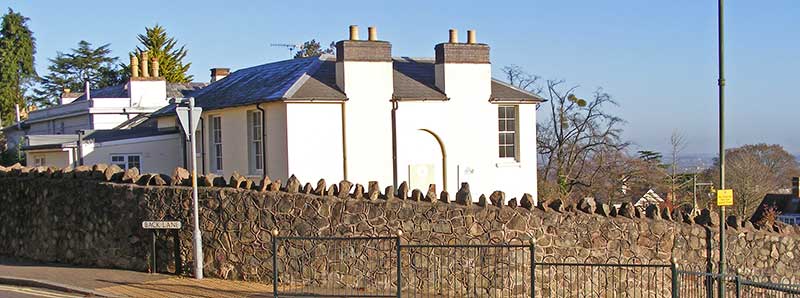
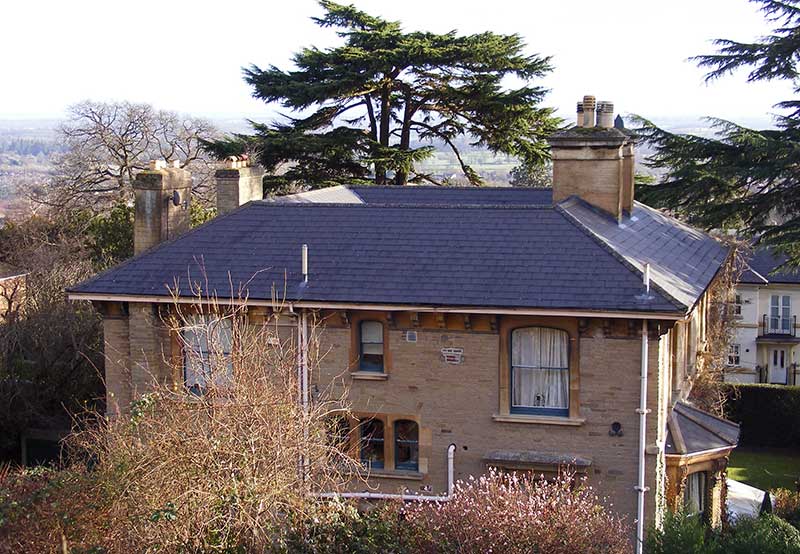

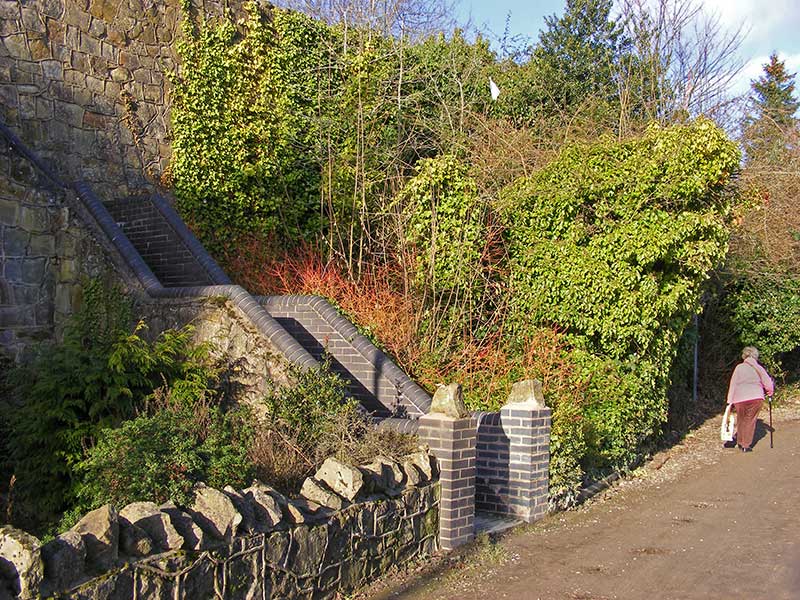
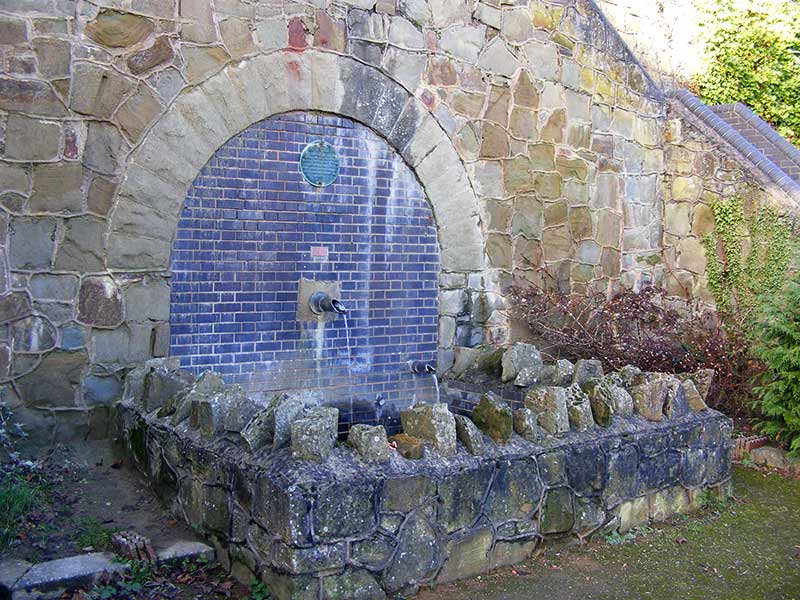
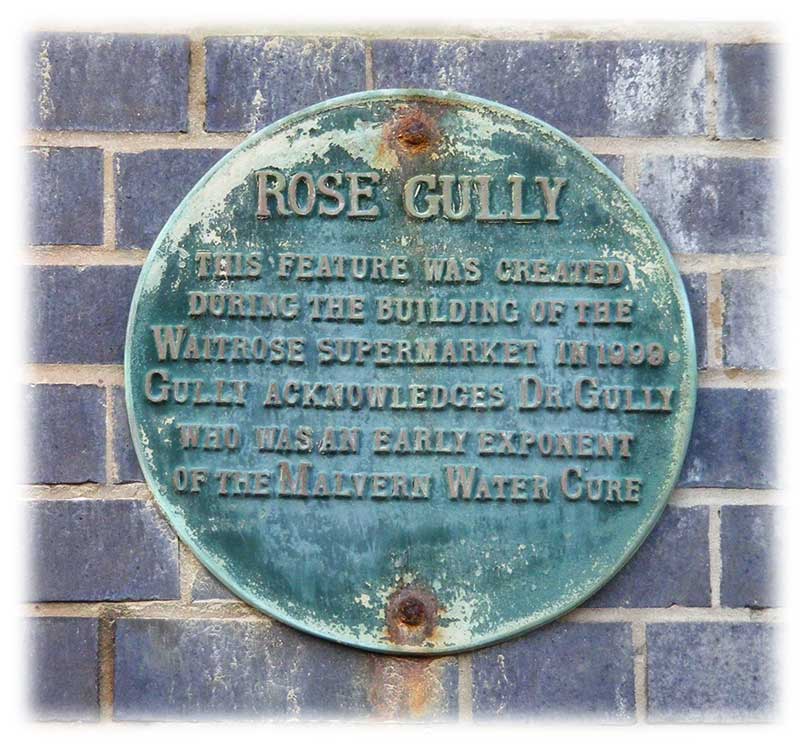 The
green plaque reads:
The
green plaque reads: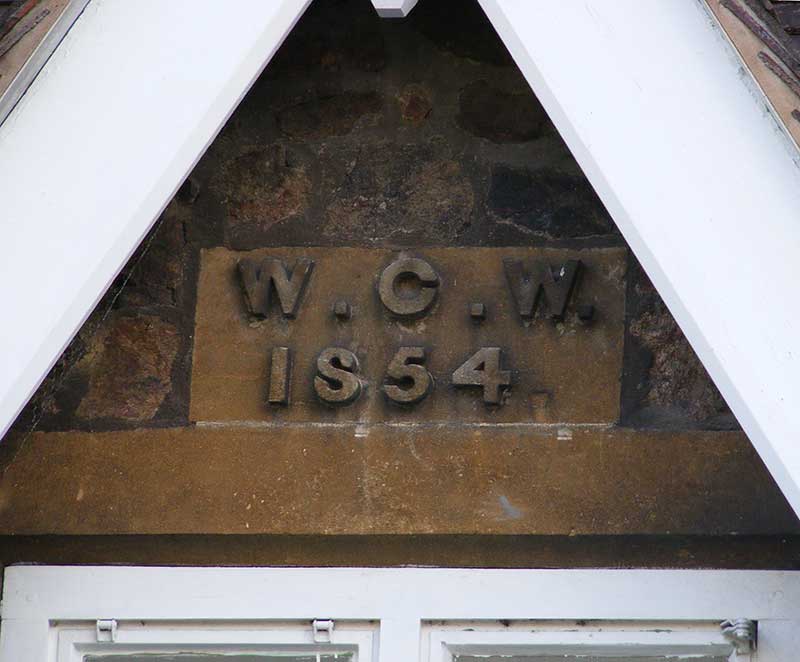
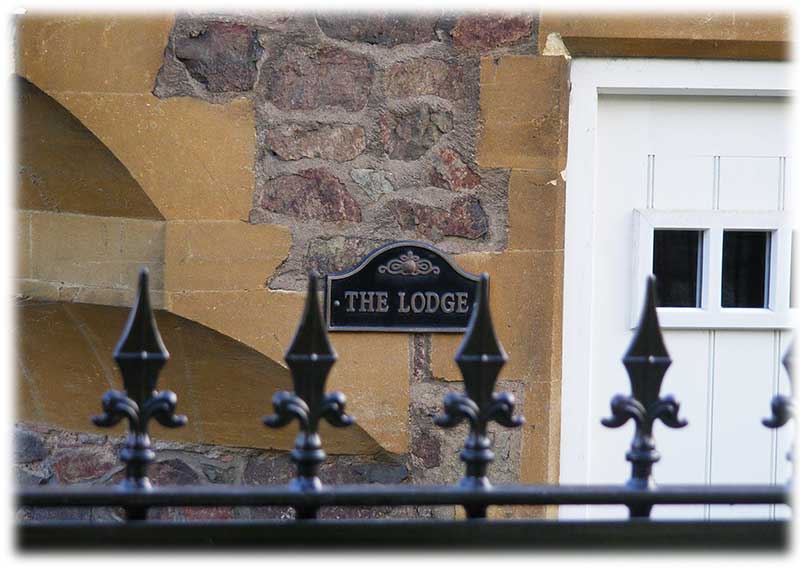 At
the north end is an extension of the house named 'The Lodge'.
At
the north end is an extension of the house named 'The Lodge'.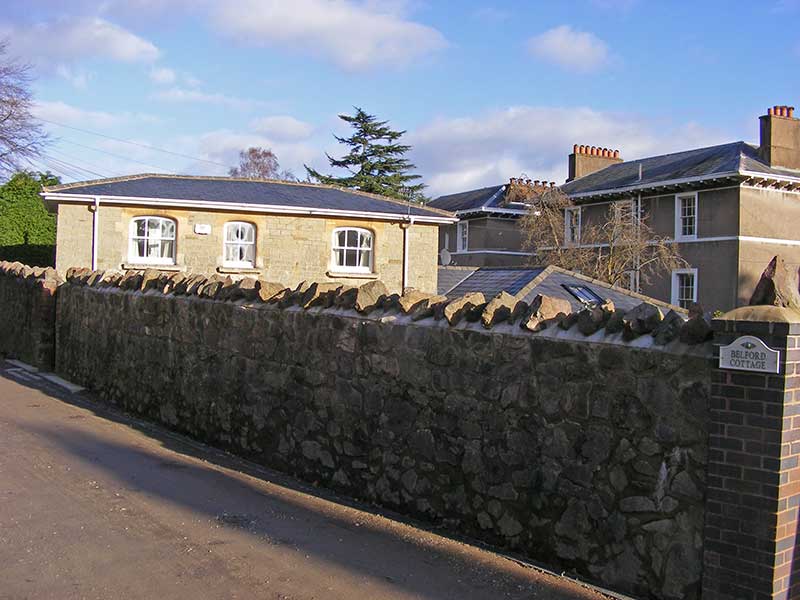
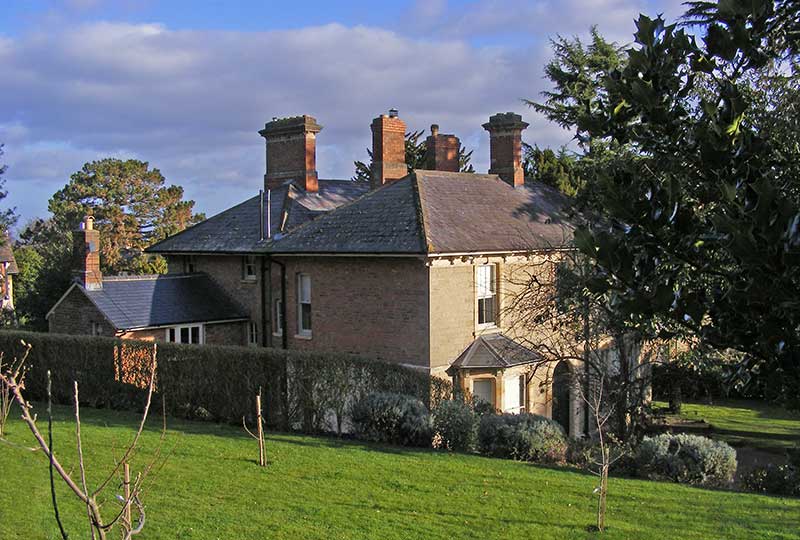
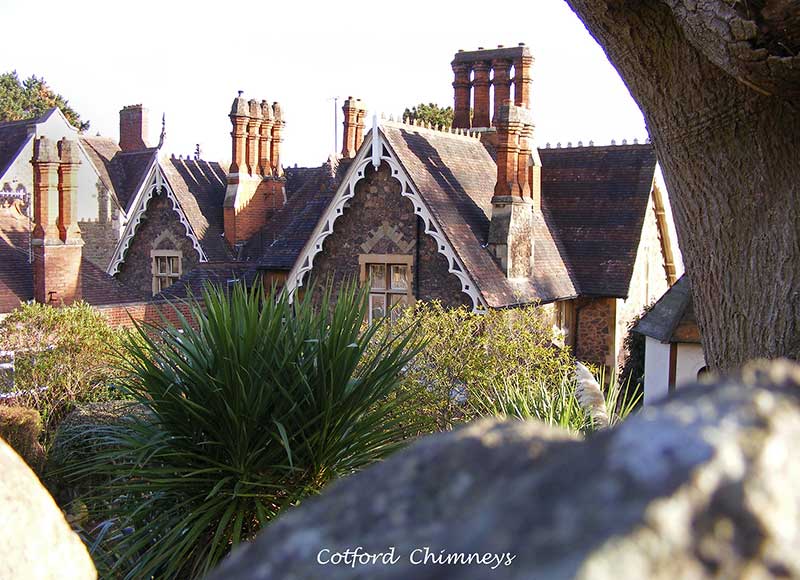
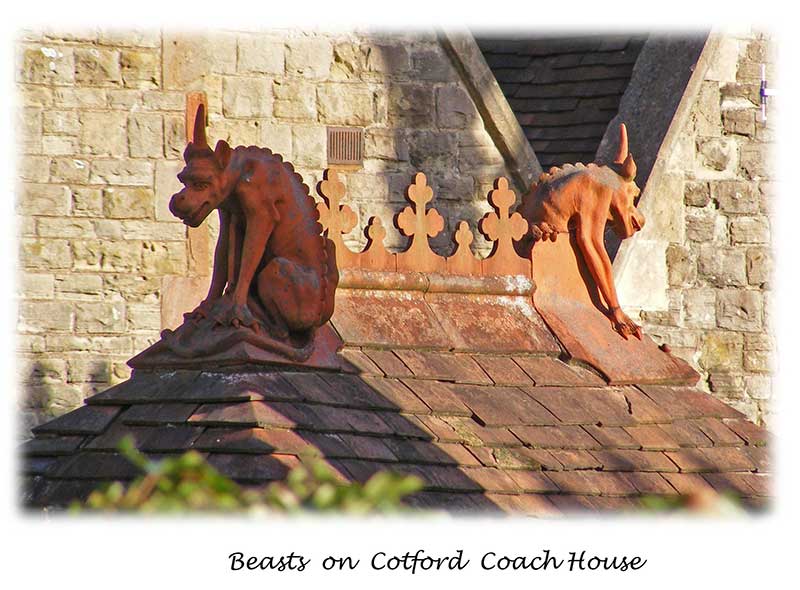
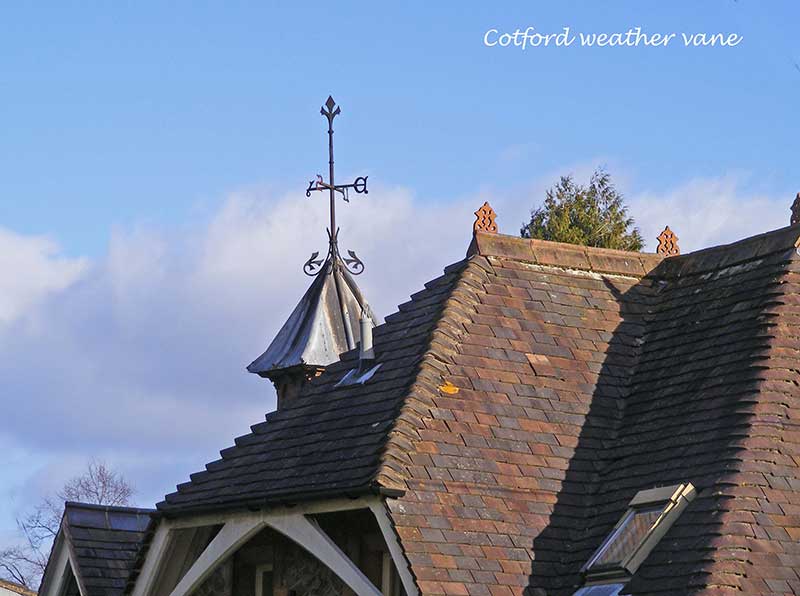
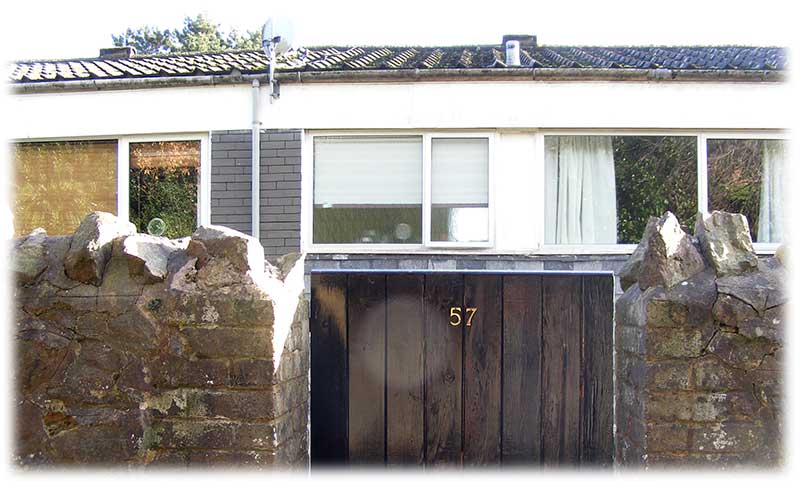
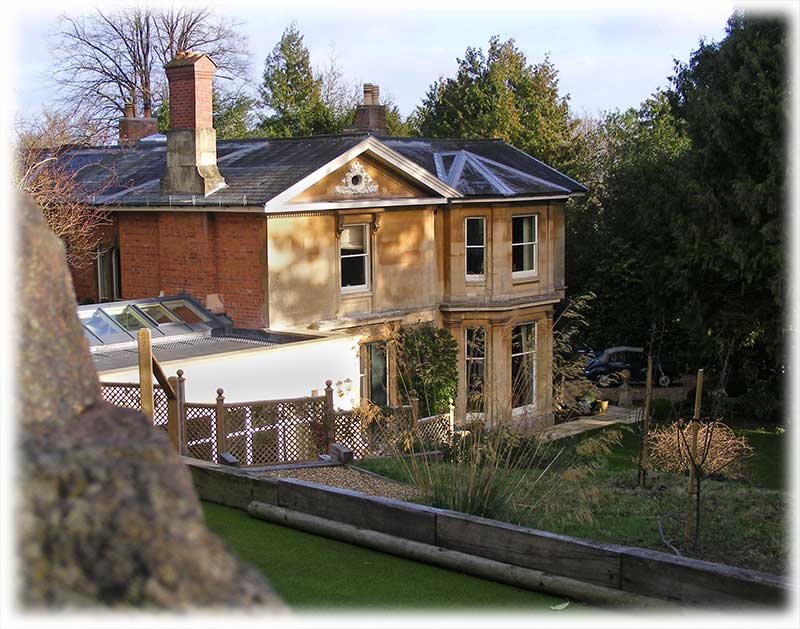
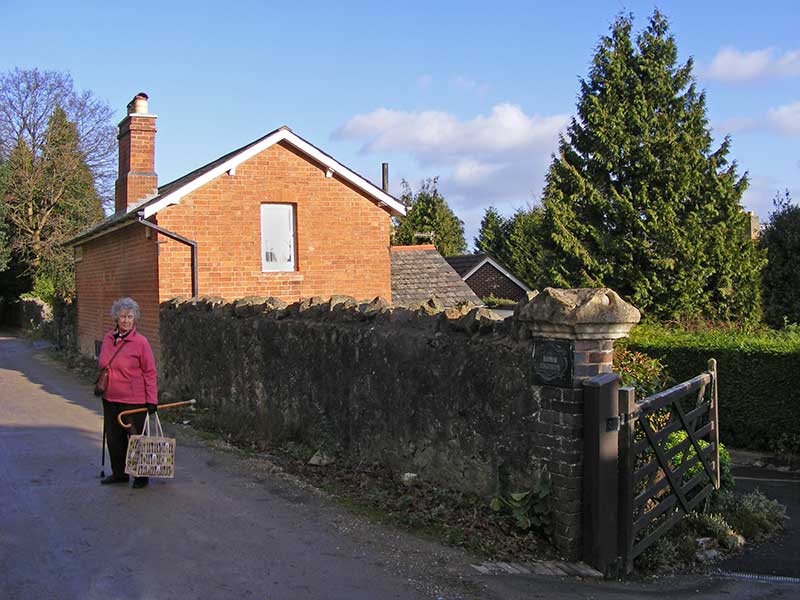
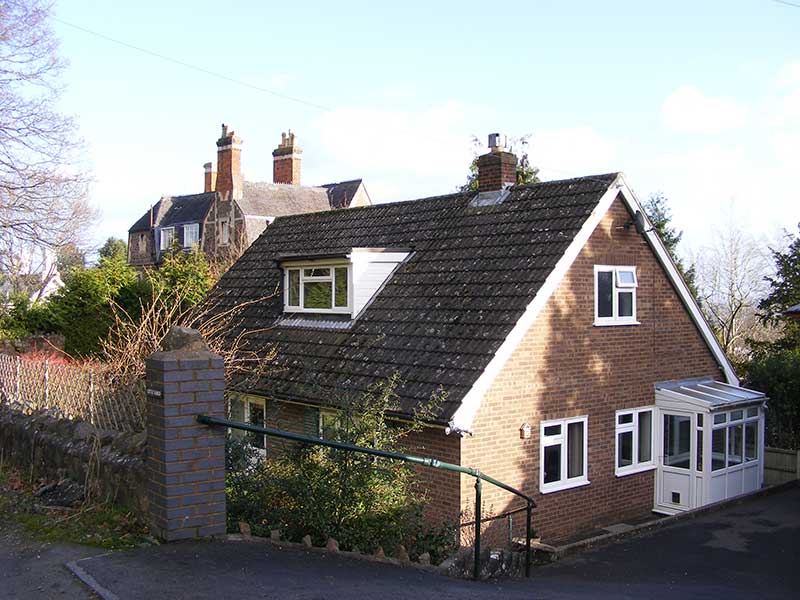
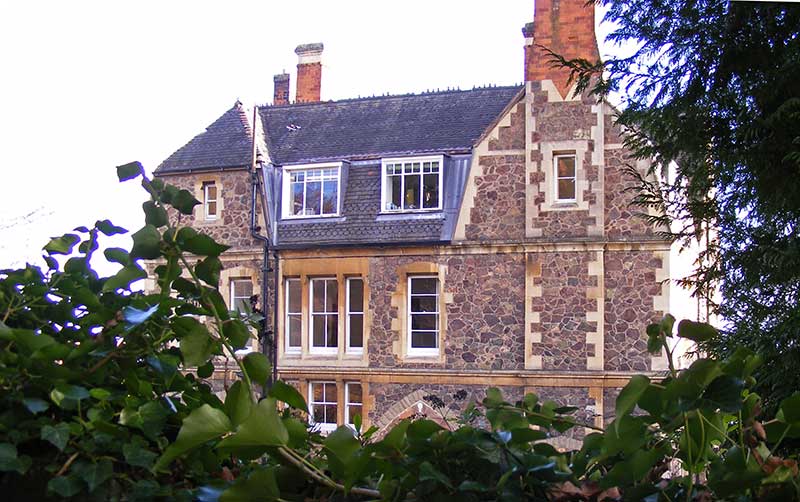

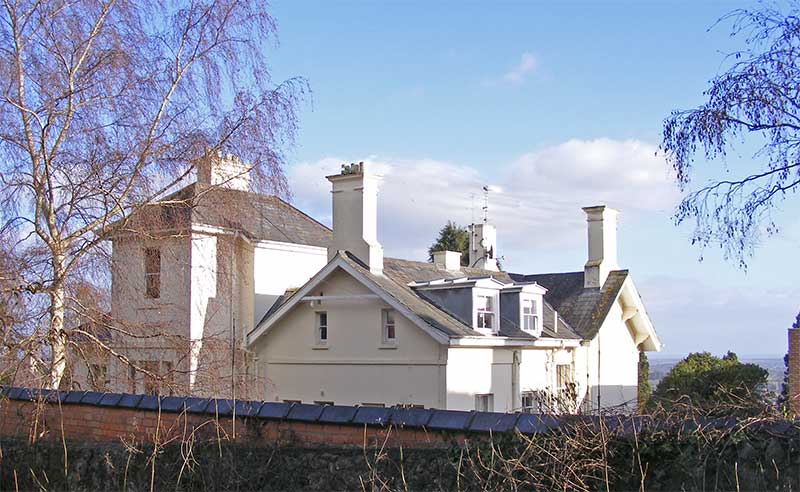
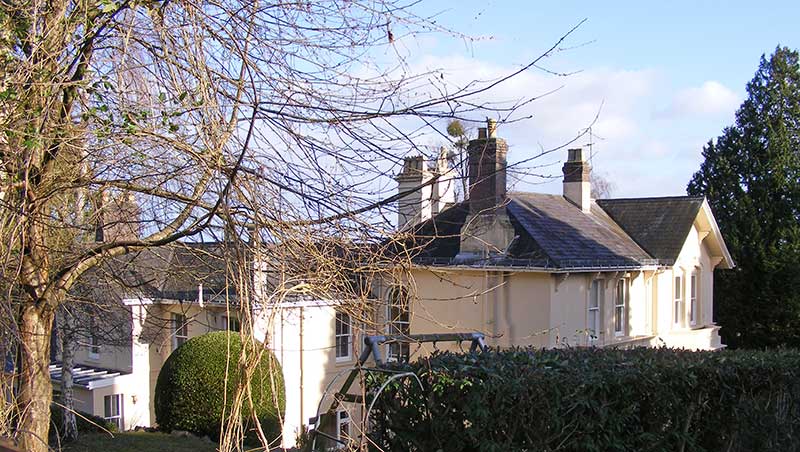
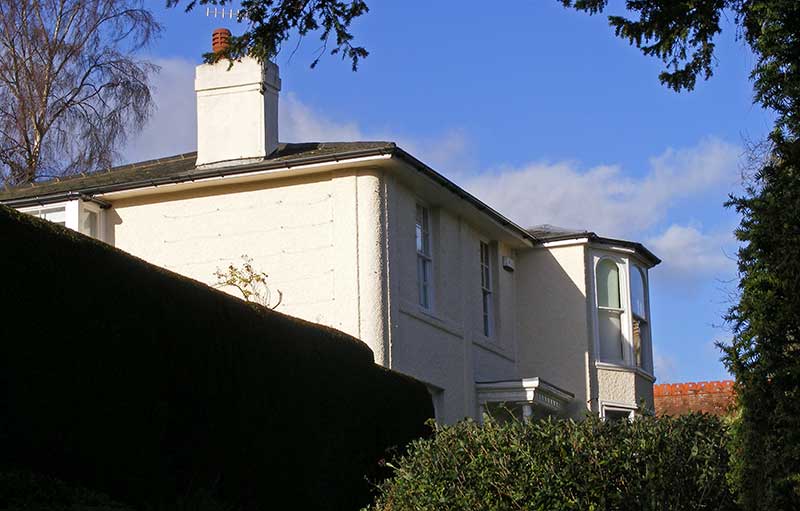
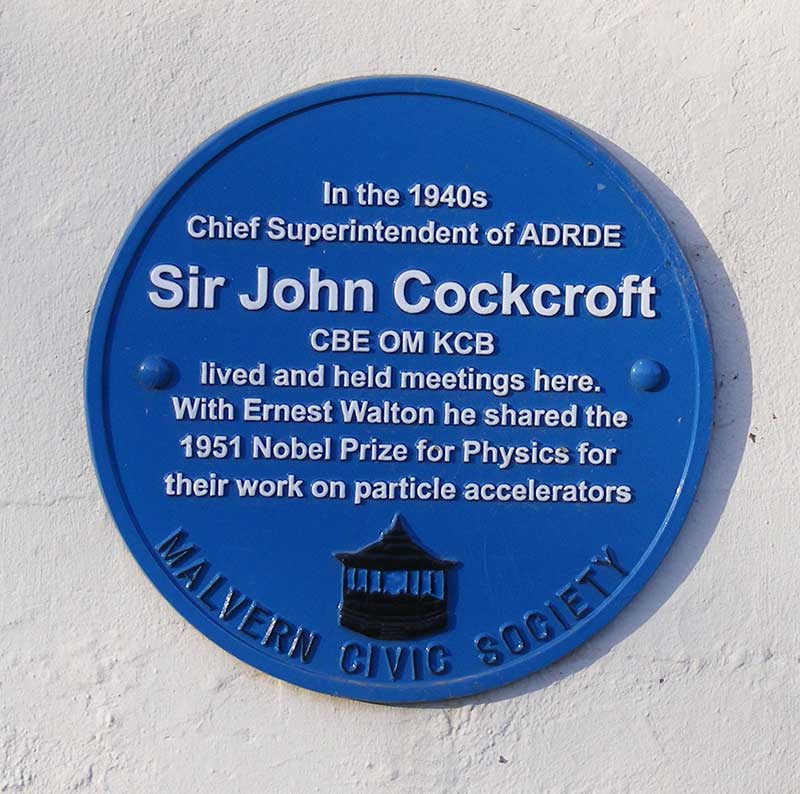 A
blue plaque on an entrance pillar records,
A
blue plaque on an entrance pillar records,